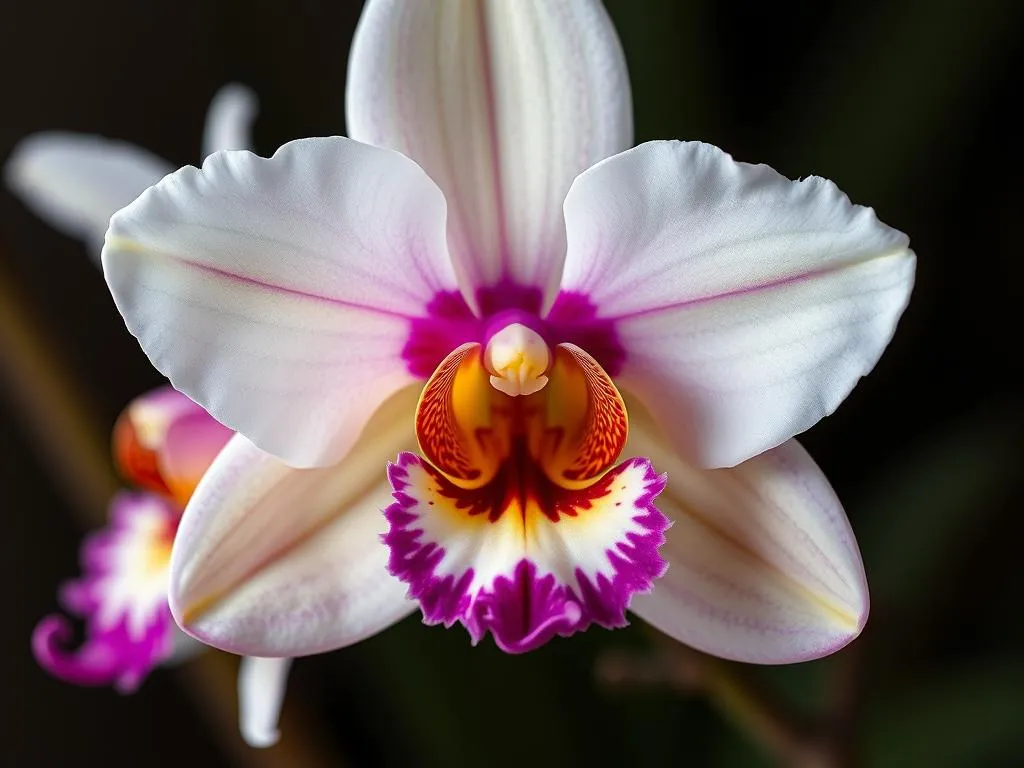
Introduction
The world of dog breeds is a rich tapestry of diversity, each breed boasting its own unique characteristics, history, and temperament. Understanding these differences is crucial for dog lovers and potential owners, as the right breed can significantly enhance one’s lifestyle and companionship. Among these breeds, the Peruvian Inca Orchid stands out not only for its striking appearance but also for its fascinating history and cultural significance. This article will provide an in-depth exploration of dog breeds, with a particular emphasis on the Peruvian Inca Orchid.
Understanding Dog Breeds
Definition of Dog Breeds
A dog breed is defined as a specific group of domestic dogs that have been selectively bred over generations to exhibit particular traits, behaviors, and physical characteristics. This selective breeding has occurred for thousands of years, originally aimed at enhancing certain skills such as herding, hunting, and guarding. As a result, we now have a plethora of breeds, each with its own distinctive features.
Importance of Breed Selection
Choosing the right breed involves several factors, including lifestyle, living situation, and personal preferences. For instance, some breeds require more exercise and space, making them better suited for active families, while others thrive in smaller living environments. Understanding the role of dog breeds in companionship, work, and sporting activities is essential for prospective owners to ensure a harmonious relationship with their canine companions.
Overview of Dog Breed Categories
Dog breeds can be categorized into several groups based on their characteristics and purpose:
- Working Group: Includes breeds like the Boxer and Rottweiler, known for their strength and reliability.
- Herding Group: Features breeds such as the Border Collie and Australian Shepherd, renowned for their intelligence and herding abilities.
- Sporting Group: Comprises breeds like the Labrador Retriever and Golden Retriever, which excel in hunting and retrieving.
- Hound Group: Encompasses breeds such as Beagles and Greyhounds, known for their keen sense of smell and tracking abilities.
- Terrier Group: Includes energetic and feisty breeds like the Bull Terrier and Jack Russell Terrier.
- Toy Group: Features small breeds such as the Chihuahua and Pomeranian, popular for their companionship.
- Non-Sporting Group: Contains diverse breeds like the Bulldog and Dalmatian, each with unique traits.
- Miscellaneous Group: A category for breeds that are not yet fully recognized by the major kennel clubs.
The Peruvian Inca Orchid: An Overview
History and Origin
The Peruvian Inca Orchid is a breed with deep historical roots, believed to have originated in pre-Columbian Peru. These dogs were cherished by the Incas and other ancient civilizations, serving as companions and guardians. Their significance is highlighted in ancient pottery and artifacts, showcasing their status in Peruvian culture. Today, the breed is recognized by various kennel clubs worldwide, including the American Kennel Club, although it remains relatively rare outside of its native Peru.
Physical Characteristics
The Peruvian Inca Orchid is known for its unique appearance, which can vary significantly depending on whether it’s the hairless or coated variety.
- Size and Weight Range: Typically, this breed ranges from 10 to 50 pounds, with heights varying from 10 to 26 inches.
- Coat Type and Grooming Needs: The hairless variety has smooth, exposed skin that requires special care, while the coated variety has a short, sleek coat.
- Unique Features: The hairless variety is particularly notable for its lack of fur, which can make it prone to sunburn and skin issues, necessitating regular skin care.
Temperament and Behavior
Personality-wise, the Peruvian Inca Orchid tends to be affectionate, social, and intelligent. They form strong bonds with their human families and are known for their playful demeanor. This breed tends to get along well with children and other pets, making them a family-friendly option. Additionally, their intelligence allows for easy training, although they may exhibit some stubbornness at times.
Care and Maintenance of the Peruvian Inca Orchid
Nutrition and Diet
Providing a balanced diet is essential for maintaining the health of a Peruvian Inca Orchid. High-quality dog food that meets their nutritional needs is recommended. It’s important to monitor their weight, as this breed can be prone to obesity. Some may also have specific dietary restrictions, so consulting with a veterinarian can help identify the best diet for individual dogs.
Exercise Requirements
The Peruvian Inca Orchid needs regular exercise to stay healthy and happy. Daily walks, playtime, and engaging activities such as agility training are ideal. Socialization is also crucial; exposing them to different environments, people, and other animals can enhance their adaptability and behavior.
Health Considerations
Like all breeds, the Peruvian Inca Orchid is susceptible to certain health issues. Common concerns include skin problems, dental issues, and some genetic conditions. Regular veterinary check-ups, vaccinations, and preventative care are vital to ensure a long and healthy life.
Grooming Needs
Grooming requirements differ between the hairless and coated varieties:
- Hairless Variety: Requires regular skin care, including moisturizing and sun protection. Bathing should be done as needed to keep the skin clean.
- Coated Variety: Needs regular brushing to manage shedding and keep the coat healthy.
Training the Peruvian Inca Orchid
Basic Obedience Training
Early training is critical for the Peruvian Inca Orchid. These dogs respond well to positive reinforcement techniques, such as treats and praise. Basic commands like sit, stay, and come should be taught from a young age to establish good behavior patterns.
Socialization Tips
Socialization is equally important for developing a well-rounded dog. Introducing the Peruvian Inca Orchid to various people, pets, and environments will help them become more comfortable and less anxious in different situations. Activities like dog parks, puppy classes, and playdates can foster better social skills.
Common Behavioral Issues
Like any breed, the Peruvian Inca Orchid may experience behavioral challenges such as separation anxiety or excessive barking. Addressing these issues early through training and creating a structured environment can help alleviate problems. Techniques like crate training and providing mental stimulation through toys can also be beneficial.
Living with a Peruvian Inca Orchid
Ideal Living Environment
The Peruvian Inca Orchid can adapt to various living situations, but they thrive best in homes with access to outdoor space. While they can live in apartments, daily walks and playtime are essential to meet their exercise needs. A secure yard is ideal for them to run and play safely.
Family Compatibility
This breed is known for its affectionate nature, making it suitable for families with children. They generally get along well with other pets, especially if socialized properly from a young age. Their playful demeanor can create a joyful atmosphere in any household.
Lifespan and Aging
The average lifespan of a Peruvian Inca Orchid ranges from 10 to 12 years. As they age, their care needs may change. Regular vet visits become more critical, and adjustments to diet and exercise may be necessary to accommodate their changing health.
Conclusion
The Peruvian Inca Orchid is a fascinating breed that embodies a unique blend of history, beauty, and character. With a rich cultural background and captivating appearance, they make exceptional companions for the right families. Understanding their specific needs in terms of care, training, and socialization is crucial for ensuring a happy and healthy life together. For those considering adding a dog to their family, the Peruvian Inca Orchid offers an opportunity to experience the joys of owning a truly unique breed.









